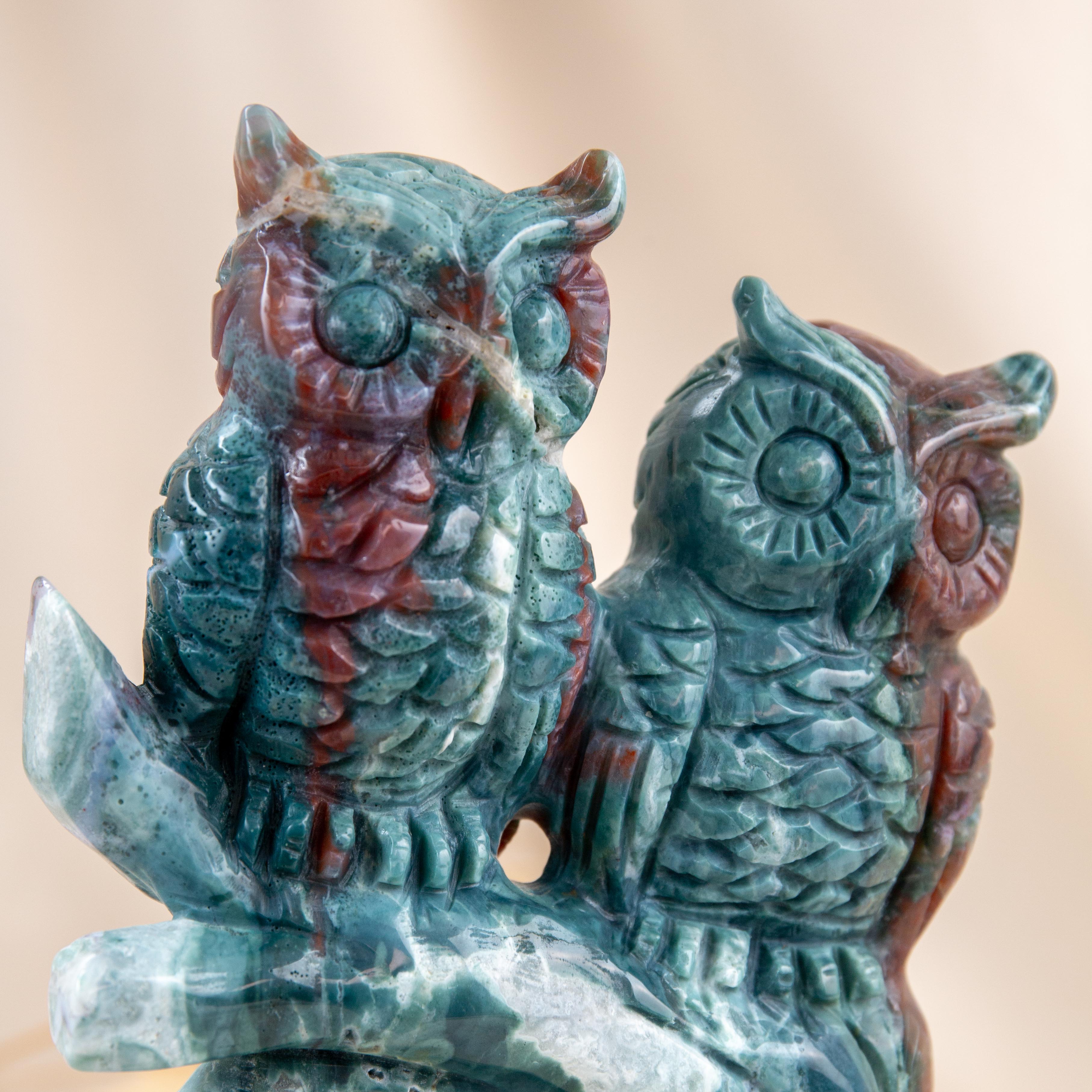
Jade is a precious and highly esteemed gemstone known for its stunning green color and cultural significance. Here are some key characteristics and information about jade:
-
Types of Jade: There are two main types of jade: nephrite and jadeite. Both are considered true jades, but they have slightly different compositions and characteristics.
-
Nephrite: Nephrite jade is typically dark green to creamy white in color. It has a fibrous, granular texture and is composed of calcium and magnesium silicate. Nephrite is known for its toughness and durability.
-
Jadeite: Jadeite jade is rarer and comes in a wider range of colors, including green, lavender, white, and more. It is more compact and denser in structure, composed of sodium and aluminum silicate. Jadeite is considered the more valuable and prized of the two.
-
-
Color: The most famous color associated with jade is a deep, vibrant green. However, jade can come in a variety of colors, including white, lavender, yellow, and black. The most valuable and sought-after is imperial green, which is a rich, translucent green.
-
Cultural Significance: Jade has profound cultural and historical significance in various parts of the world, especially in China. It is often associated with virtues like wisdom, justice, compassion, and courage. Jade is also a symbol of purity and grace.
-
Jewelry and Carvings: Jade has been used for centuries to create exquisite jewelry, sculptures, and carvings. It is considered a symbol of luxury and is often used in the creation of unique, high-end pieces.
-
Metaphysical and Healing Properties: In some belief systems, jade is thought to have healing and metaphysical properties. It is believed to bring balance, harmony, and protection to the wearer, as well as promote good fortune and longevity.
-
Historical and Archaeological Importance: Jade artifacts have been discovered in ancient archaeological sites around the world, highlighting the stone's significance in history and culture. These artifacts can provide valuable insights into ancient societies.
-
Imitations and Treatments: Due to its value and demand, there are imitations and treatments of jade on the market. It's important for buyers to be aware of these to ensure they are purchasing genuine and untreated jade.
-
Sustainability: The mining and trade of jade have faced sustainability and ethical challenges, especially in regions like Myanmar. Efforts are being made to address these issues and promote responsible sourcing of jade.








